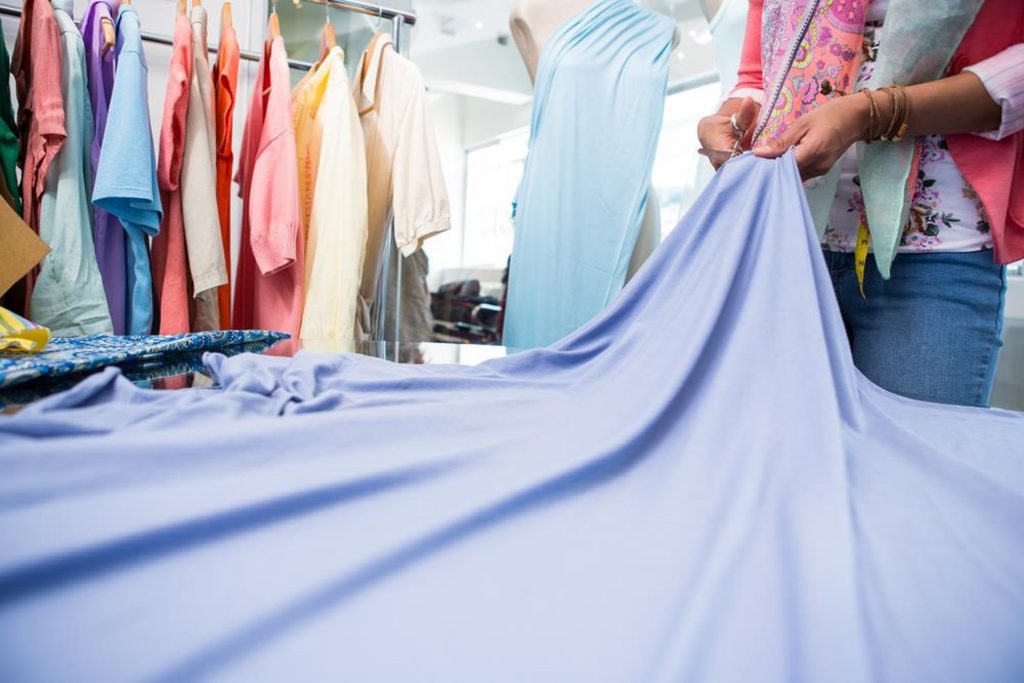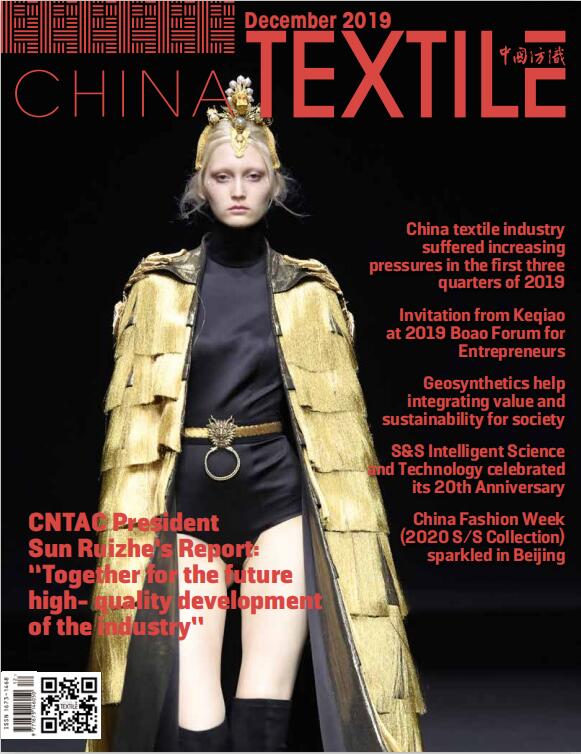Bangladesh, Vietnam benefit most from RMG, footwear shift from China
Aug 16, 2021 | by Zhao Xinhua

Bangladesh and Vietnam have benefited most due to the shifting of apparel and footwear exports from China, according to the latest analysis.
It also found that in 2019, both the countries’ combined share of apparel and footwear exports to the U.S. and the European Union (EU) equalled half of China’s share.
The analysis paper -’Repeat, Repair or Renegotiate? The Post-Covid Future of the Apparel Industry’ - also showed that the U.S. apparel and footwear imports from China declined to 37.9 percent in 2019, which was 50.7 percent in 2010.
Similarly, the EU’s imports from China declined to 36.1 percent in 2019, from 47.6 percent in 2010, according to the study report published on July 21.
Bangladesh’s apparel and footwear exports share to the U.S. increased to 4.3 percent in 2019, which was 3.5 percent in 2010. The country’s export share to the EU stood at 13.2 percent in 2019, up from 6.6 percent in 2010, according to the findings.
On the other hand, Vietnam’s export share to the U.S. and the EU rose to 14.9 percent and 6.7 percent respectively in 2019. Vietnam’s shares to these two traditional markets were 6.6 percent and 4.0 percent respectively in 2010.
Explaining data, the paper noted that as in the U.S., China remained the EU’s largest source of textile, apparel and footwear imports from 2000 to 2019.
It also showed that imports from Vietnam and Bangladesh climbed consistently since 2000, while Turkey’s share fluctuated between 9.0 and 14 percent.
Though Vietnam remains a major sourcing destination, the U.S. buyers turn more conservative this year about Vietnam’s growth potential due to rising cost concerns and trade uncertainties.
It revealed that Bangladesh is still a lucrative destination for the US buyers because of its price competitiveness.
The USFIA study identified Bangladesh’s concentration on basic items as competitive disadvantage.
It predicted that diversifying the export product structure as well as improving production flexibility and agility will be critical for Bangladesh to play a more significant role as an apparel sourcing base for the U.S. fashion companies in the post-COVID world.
Source: thefinancialexpress.com.bd








